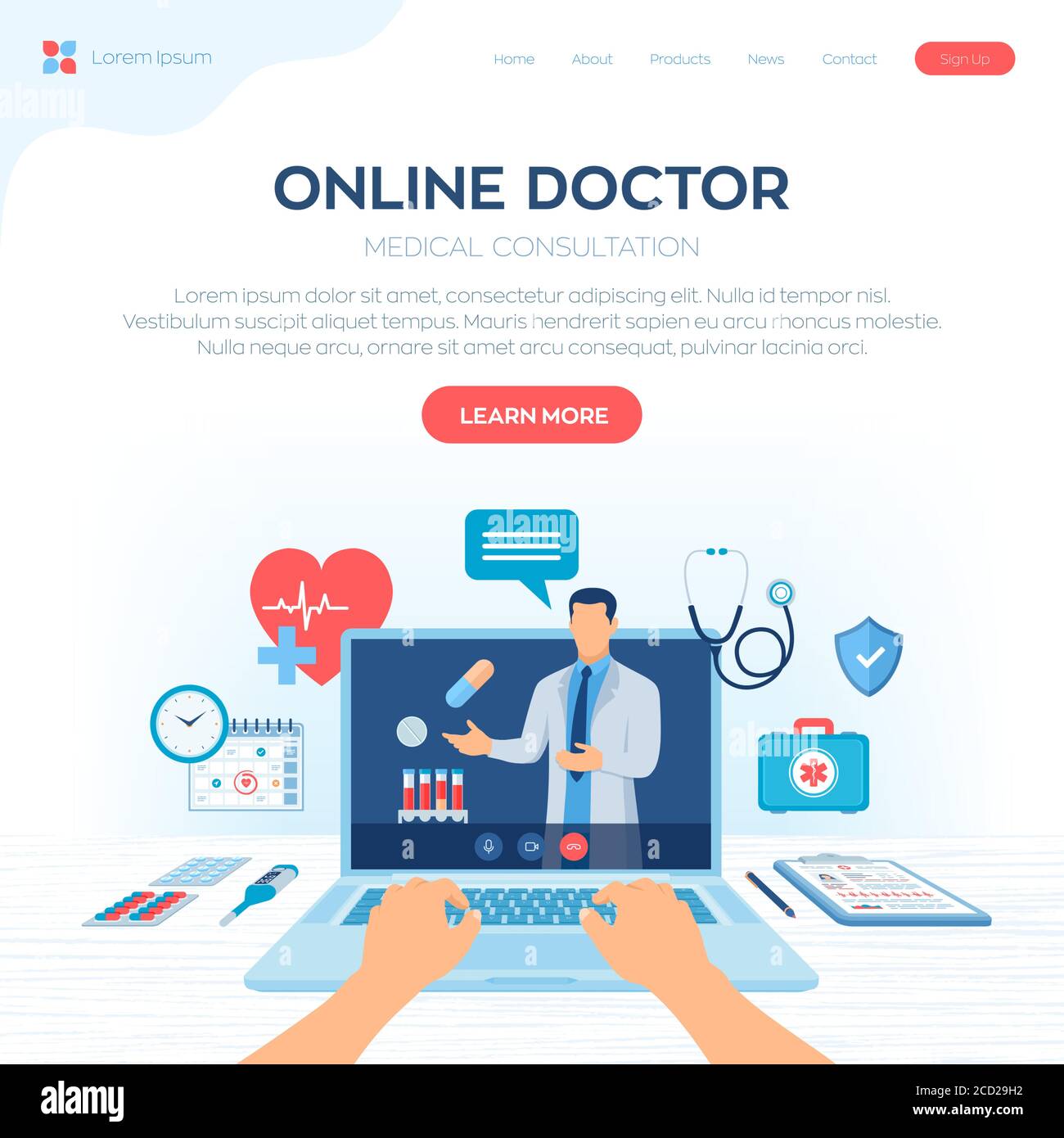The Future of Medication: Exploring Subscription Based Healthcare Models
The Future of Medication: Exploring Subscription Based Healthcare Models
Blog Article
How Subscription-Based Medical Care Is Transforming the Medical Industry

The Increase of Subscription Health Care
Recently, the medical care sector has actually witnessed a significant shift in the direction of subscription-based designs, mirroring wider customer fads favoring convenience and predictability. This transformation is driven by the raising demand for more obtainable and tailored treatment remedies. Membership medical care, sometimes described as concierge medicine or direct medical care, provides clients a fixed month-to-month charge for a series of medical solutions, dramatically altering traditional fee-for-service designs.
The rise of subscription medical care is assisted in by improvements in technology, which make it possible for structured communication between individuals and suppliers - subscription based healthcare. Digital platforms and telehealth solutions have ended up being important, offering patients the ability to set up appointments, access clinical records, and obtain assessments online. This technological integration not just boosts patient interaction but additionally permits companies to supply more reliable treatment
Furthermore, the subscription model aligns with the advancing assumptions of clients who seek even more control over their healthcare costs and experiences. By removing the unpredictability of co-pays and insurance claims, subscription-based medical care provides a uncomplicated and clear method. While this version is getting traction, its expansion faces difficulties such as regulative hurdles and the need for broader acceptance within the typical medical care ecological community. Its growing existence marks a pivotal minute in the advancement of healthcare shipment.
Benefits for Providers and individuals
Subscription-based healthcare provides a wide range of benefits for both providers and individuals, reshaping the dynamics of medical care. For patients, this version provides improved accessibility to health care services.
For doctor, subscription-based designs cultivate an even more lasting and gratifying method. By safeguarding a steady profits stream, suppliers can concentrate on supplying premium care without the pressure of volume-based service. This design encourages longer patient appointments, fostering more powerful patient-provider connections and enhancing health and wellness results. Additionally, it uses suppliers the adaptability to innovate and integrate preventive and all natural treatment methods. Management tasks are typically streamlined, reducing overhead costs and permitting service providers to dedicate even more time to patient communication. In general, subscription-based medical care straightens the rewards of patients and providers, advertising a more patient-centered and effective medical care delivery system.
Trick Attributes of the Model
Often, the key features of the subscription-based healthcare model highlight its distinctive approach to supplying medical solutions. Central to this version is the concept of foreseeable, regular monthly payments, offering individuals a detailed series of services without the changability of conventional fee-for-service structures. This version usually consists of unlimited access to health care solutions, precautionary treatment, and regular check-ups, making sure that people can involve with their doctor proactively instead of reactively.
Furthermore, direct interaction networks, over at this website such as telemedicine and messaging platforms, are highlighted, enabling individuals to get prompt recommendations and examinations without requiring in-person visits. This boosts ease of access and benefit, particularly for people with mobility constraints or those staying in remote areas. The version also promotes stronger doctor-patient partnerships, as doctor are incentivized to focus on long-term wellness end results rather than short-term brows through.
In addition, subscription-based health care frequently incorporates technical advancements, such as electronic health documents and health monitoring applications, to provide tailored and efficient treatment. Clients benefit from collaborated and constant treatment administration, which is tailored to their details health requirements. Inevitably, these features jointly develop a patient-centered medical care experience, prioritizing ease of access, expense openness, and preventive treatment.

Challenges and Considerations
While the subscription-based health care design uses various advantages, it is not without its difficulties and factors to consider. Membership versions may accidentally favor those with higher socioeconomic condition, potentially broadening disparities in medical care accessibility for lower-income people that may have a hard time with regular monthly charges.
Another challenge lies in governing compliance. Subscription-based health care has to browse an intricate web of laws that differ by area, including issues around person privacy, data protection, and state licensing requirements. Making certain compliance without hindering the design's adaptability and advancement can be daunting for service providers.
Additionally, there is the threat of overutilization or underutilization of solutions. Clients paying a fixed cost may overuse services, leading to enhanced functional prices, while others might underutilize due to be afraid of burdening the system, potentially disregarding needed care.
Future Potential Customers and Innovations
The landscape of subscription-based healthcare is poised for change through emerging developments and evolving prospects. As innovation remains to development, the assimilation of expert system and maker learning provides significant opportunities to enhance analysis accuracy and enhance patient monitoring. Anticipating analytics can reinvent precautionary treatment by determining possible wellness threats before they manifest, consequently decreasing both costs and the problem on healthcare systems.
Additionally, telemedicine is readied to increase within registration models, offering clients boosted access to medical care specialists despite geographical constraints. This not only promotes continuity of treatment however also equips clients to engage more actively in their health and wellness monitoring. Additionally, blockchain technology provides prospective in safeguarding person information and ensuring interoperability across platforms, fostering count on and transparency.
Partnerships in between blog technology firms and health care suppliers are most likely to produce cutting-edge options, boosting person experiences and results. As these leads emerge, subscription-based medical care has the prospective to redefine exactly how treatment is delivered and accessed.
Final Thought
Subscription-based health care is transforming the medical market by offering a much more obtainable, foreseeable, and patient-centered strategy to medical solutions. This design enhances patient-provider connections, makes sure economic transparency, and check these guys out stresses precautionary care with unrestricted assessments and telemedicine. Despite challenges such as governing hurdles and potential differences in accessibility, the membership model holds promise for a much more effective and individualized medical care experience. As technology advances, better developments are most likely to attend to existing obstacles and optimize medical care distribution.
Membership medical care, often referred to as attendant medicine or direct primary care, provides clients a set monthly fee for an array of medical services, considerably changing conventional fee-for-service designs.
Moreover, the subscription version lines up with the developing expectations of patients who seek more control over their health care expenses and experiences. For people, this version provides boosted access to health care solutions. Generally, subscription-based health care aligns the incentives of service providers and clients, advertising a much more reliable and patient-centered health care distribution system.
Moreover, telemedicine is established to increase within registration models, offering patients increased accessibility to medical care specialists no matter of geographical restraints. - subscription based healthcare
Report this page